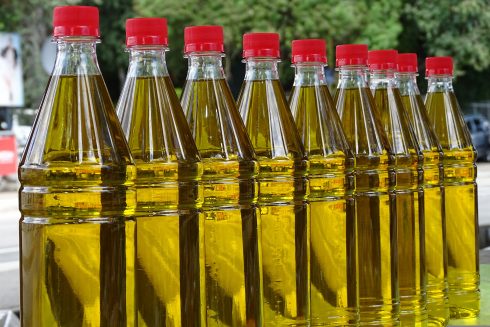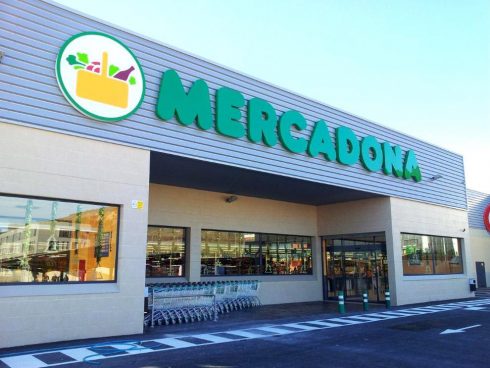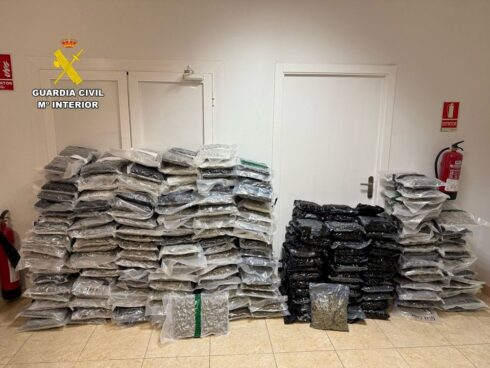AS drought conditions in southern Europe push olive growers to the brink and cause prices to skyrocket, tainted oil has infiltrated stores everywhere.
While rough at best, past estimates have put the percentage of fake or adulterated olive oil in stores as high as 80%.
Early heat waves in Spain and a 40% drop in rainfall led to the weakest olive harvest of the century in the 2022/2023 season, feeding a booming and lucrative black market, with 260,000 litres of oil deemed “unfit for consumption” seized by Italian and Spanish authorities earlier this year.
In 2021, Italian officials intercepted €2.3 million worth of mislabeled virgin and extra virgin olive oil before it entered the market, reported the Olive Oil Times.
And according to a 2022 publication by the European Commission on food fraud, olive oil is one of the most commonly mislabeled food products in Europe.

The problem of food fraud is so widespread that years ago Europol set up a coordinated task force known as Operation Opson to combat it, with a special division of Spanish and Italian law enforcement dedicated specifically tackling fake or mislabeled olive oil.
“Unfortunately, the faking of extra virgin olive oil is a common practice, which is why the fight against it is a law enforcement priority — especially in production countries,” wrote Europol in a statement.
In counterfeit olive oil, colouring and other, low quality oil may be added.
In the worst of cases, an acidic, foul-smelling olive oil derivative known as lampante oil is added to bottles labelled “virgin” or “extra virgin.”
According to standards set by the International Olive Council — the world’s foremost olive authority — both virgin and extra virgin olive oil are produced mechanically, without added heat or chemicals, while extra virgin oil has the added certification of being defect-free and without acidity.
Unfortunately one is not able to test the authenticity of their oil in stores before purchasing. Meanwhile, the internet is rife with ideas on how to test for tainted oil.
In a podcast clip posted on his Instagram account, American chiropractor and alternative medicine proponent Dr. Joe Esposito recommends placing the oil in the fridge overnight. He said if it turns cloudy, then it’s real.
However most olive oil experts have debunked this theory as a myth.
As the North American Olive Oil Assocaiton explains: “An often perpetuated myth related to olive oil is the “Fridge Test” – a supposedly simple home test for olive oil authenticity.
“The myth is so widespread that you may even see conflicting versions of the test – some say your oil should solidify if it’s real, and others say it should not solidify if it’s real. If only it were that easy! This “test” unfortunately, is completely false and misleading.”
So how can we know if our olive oil is high quality?
In a 2017 interview with American food magazine Epicurious, journalist and author Larry Olmstead suggested searching for “pressed on,” harvest dates and olive varieties on the bottle — labels that all tend to signify authenticity.
Still, the best test is flavour. The oil should have a rich, fragrant odour, Olmstead said, and shouldn’t taste acidic or bland. If it lacks flavour altogether, you probably have a fake on your hands.








